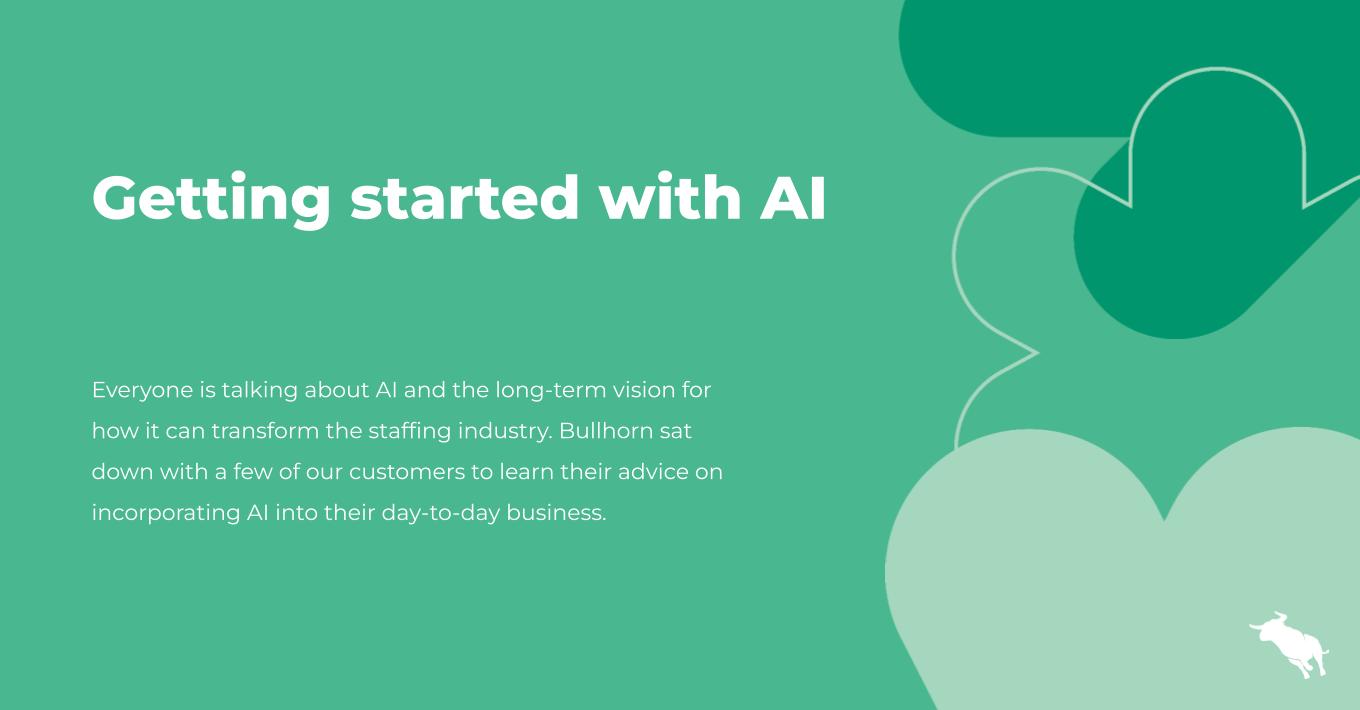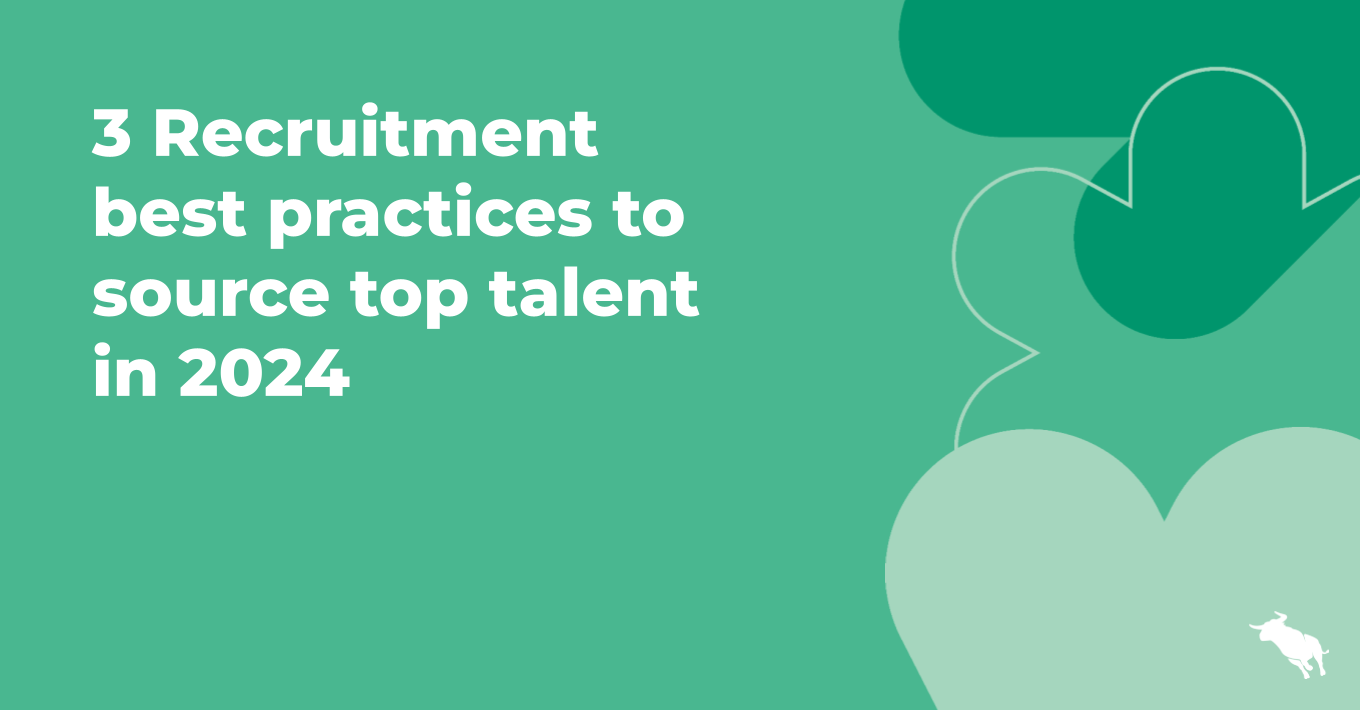Recruitment Metrics: 3 Underrated Metrics Your Recruitment Agency Should Be Tracking

Every recruitment agency has a veritable treasure trove of valuable information with the power to transform its business—recruitment data. For various reasons—competing priorities, a lack of reporting capabilities, or the reporting intimidation factor—many agencies don’t harness this data. Specifically, many useful and valuable recruitment metrics go entirely unreported.
What do recruitment agencies track? Gross margin and customer satisfaction—recruitment pros rank these two metrics as the most important indicators of business health and performance, respectively. But many other great metrics can be important indicators of your business’ performance, profitability, and future. Here are three metrics you may not be tracking but should.
Candidate Satisfaction
If you read anything about the recruitment industry (including this blog), you’ve probably read your fair share about the candidate experience. It feels like it’s all anyone can talk about, so surely, recruitment agencies measure candidate satisfaction? After all, how can you accurately gauge the quality of your candidate experience if you’re not doing anything to measure it?
As you have probably predicted by its inclusion on this blog, a large percentage of recruitment agencies do not measure candidate satisfaction. A whopping 2 out of 5 recruitment pros say don’t measure it regularly, according to a survey of over 1400 recruitment professionals.
And that’s perhaps the reason for this disconnect. Ninety-three percent of recruitment professionals say the candidate experience they provide is good or excellent, while candidates often tell a very different story. For example, only 47 percent of candidates said they felt communication was consistent throughout their hiring process, according to CareerBuilder’s recent study.
Candidate satisfaction isn’t just about measuring the results, however. You can use your ATS/CRM data to proactively make changes to your process and ensure a higher rate of satisfied candidates. Check out this blog for ways to use your data to support your candidate engagement goals.
Time-to-Fill
Time-to-fill (the number of days a job is available and unfilled) is a super useful metric for measuring your recruiters’ speed and efficiency. A poor time-to-fill rate could suggest potentially serious operational efficiencies that could be costing your agency money.
Besides being an indicator of performance, time-to-fill is useful in other ways. It can help you set accurate expectations with a client when setting a time-frame for a placement. Clients cite poor communication as one of their biggest pet peeves, so providing them with an accurate placement prediction can go a long way into being transparent and reliable in the eyes of your clients. You may also want to use-time-to-fill to inform your budget planning and resource allocation.
Yet, despite its usefulness, recruitment professionals report little use of the metric. If you want a leg up on the competition, start tracking it now!
Ratios
This last one is a cheat: recruitment ratios refer not to a single metric but a whole category of metrics. Ratios are a way of tracking two data sets in relation to one another—for example, the ratio of interviews to placements.
This is critical for recruitment agencies because a candidate placement is the result of a long chain of actions. If any link in the chain is weak, it severely impacts the outcome. Ratios allow you to analyse every stage of the process to determine any potential inefficiencies.
The five metrics below all represent a fundamental stage in an eventual candidate placement. Track the relationship between each of the metrics to discover if there’s an unusual drop-off between any two stages.
- Client Submission Count
- Internal Submission Count
- Job Count
- Interview Count
- Placement Count
Start building smarter reports that will take your agency to the next level! Check out the new ebook, From Reporting Zero to Recruitment Hero: How to Build Reports to Better Run Your Business, for an in-depth exploration of these three reporting questions and the ways they can inform a better reporting strategy.





